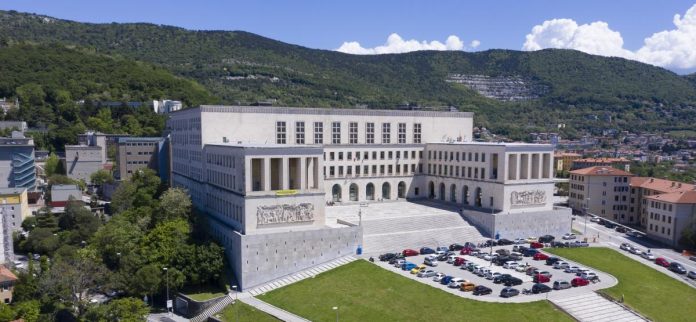by EH
Researchers from Genomics England, the University of Trieste, and the Great Ormond Street Hospital for Children have unveiled a groundbreaking algorithm that enhances the accuracy of genomic analysis for patients with blood tumors. Developed in collaboration with the AIRC Foundation and supported by data science, the algorithm addresses challenges in cases where cell samples, initially presumed healthy, are contaminated by diseased cells during DNA sequencing.
This breakthrough holds particular significance for cancer patients undergoing whole-genome sequencing, a process crucial for identifying mutations influencing tumor development and prognosis. Typically, at least two samples are taken—one directly from the tumor and one through a blood draw. The risk of contamination is especially high in blood tumors, as tumor cells circulate in the bloodstream and are challenging to isolate from healthy cells in samples.
The researchers’ solution is an innovative computational tool named TINC (Tumour In Normal Contamination assessment). This algorithm estimates the level of tumor contamination in normal samples, allowing for more precise interpretation of genomic data. Published in Nature Communications, TINC calculates the percentage of tumor cells present in normal samples, enabling the activation of an alternative analysis flow when high contamination is detected. This alternative flow provides scientists and doctors with more accurate information on the tumor genome, facilitating precise diagnoses and personalized treatment decisions.
Genomics England, a UK-based company overseeing the project, has swiftly incorporated TINC into its daily operations. The algorithm’s implementation aims to improve the accuracy of genomic tests for patients with blood tumors across the National Health Service clinical centers in the UK.
The success of the algorithm was demonstrated through testing using data from the “100,000 Genomes” project, a large-scale sequencing initiative launched in 2013. Researchers compared TINC-processed data with results obtained through standard technologies used for residual disease testing in blood tumors.
In the words of Giulio Caravagna, Professor of Computer Science at the University of Trieste, the algorithm’s development represents a remarkable international collaboration that underscores the value of data science research. Alona Sosinsky, Scientific Director of the oncology sector at Genomics England, emphasized the project’s success, highlighting the improved accuracy of genomic tests for patients with blood tumors. Jack Bartram, a specialist in pediatric hematology, noted that the algorithm instills greater confidence among clinicians in analyzing genomic data, ultimately enhancing daily efforts to improve patient therapies.





























